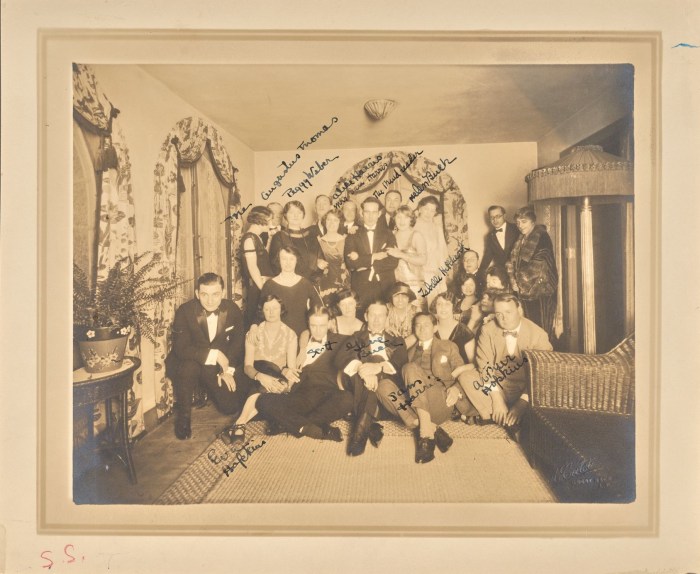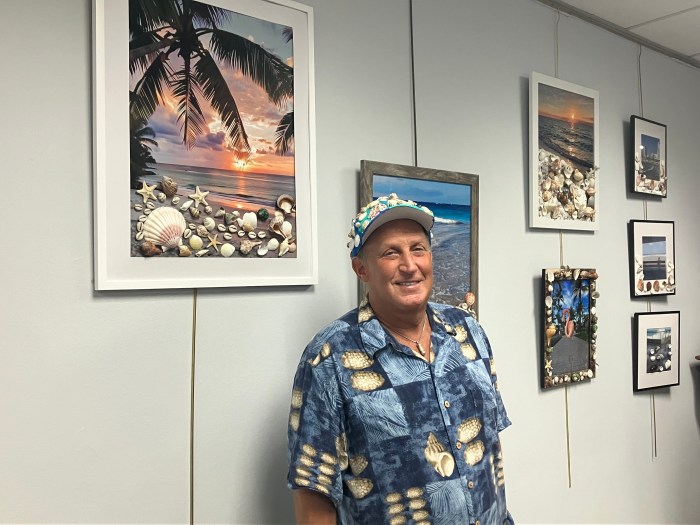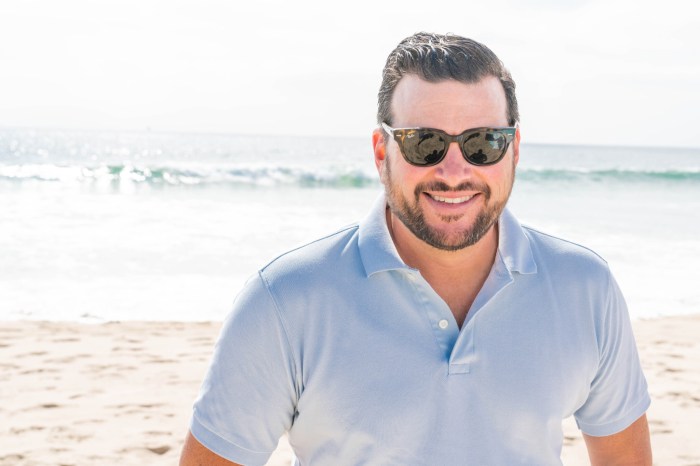 On average, Americans consume more than 110 pounds of sugar per year. That’s 22 teaspoons a day, far exceeding the limits recommended by the American Heart Association: nine teaspoons for men and six teaspoons for women. These and other eye-opening facts are being brought to light in the new book Sugar Shock.
On average, Americans consume more than 110 pounds of sugar per year. That’s 22 teaspoons a day, far exceeding the limits recommended by the American Heart Association: nine teaspoons for men and six teaspoons for women. These and other eye-opening facts are being brought to light in the new book Sugar Shock.
Written by a team of nationally recognized health experts and food writers—Samantha Cassetty and Carol Prager with a forward by Long Island’s own wellness professional Valerie Goldstein—the book is a practical guide to taking control over the added sugar they eat.
Sugar Shock, on sale May 5, isn’t about sugar shame. It is not even a call to cut out the sweet stuff entirely. The book shares the science behind sugar: what it does to the body, why we’re wired to crave it and tips for tracking daily intake. Rich in photos and graphics, its 272 pages are packed with easy to digest information, including an extensive at-a-glance photo gallery that illustrates hundreds of sugary packaged foods along with smart swaps for less sugary (but still delicious) alternatives.
With insights from top nutritionists, Sugar Shock also teaches consumers how to understand the newly revised food product label, which is now required to show the amount of added sugar. So just how did our food become so packed with added sugar?
“In the mid-to-late 90s, when low fat and fat-free eating was so popular, manufacturers added sugar to a lot of foods in order to give great flavors while lowing the fat content,” co-author Cassetty, a food, nutrition and wellness expert who previously served as the nutrition director for Good Housekeeping, said. “People diets unknowingly when up in added sugar, and that is went we started to see a rise in metabolic syndrome, diabetes and high triglycerides.”
The book points out foods disguised as healthy, but that actually contain lots of sugar. In fact, some foods are so high in sugar that they’re no better than candy. Some sports drinks have more sugar than two cupcakes, for example.

Breakfast cereal is among the most surprising culprits. More than 280 million Americans—86 percent of the entire population—eat cereal for breakfast, placing it among the top sources of added sugar in our diet. Cassetty, who brings more than 20 years of experience in the health and wellness arena to the book, has been advocating for people to curb added sugar in their diets for more than a decade, starting at home.
“I have been encouraging people to limit added sugar since 2005,” she said. “I have a 16-year-old and when he was two, I would let him pick out cereal based on the amount of sugar listed on the nutrition label. He learned to identify that really early. It is something near and dear to my heart that I’ve been working to share in a broader way.”
Sugar Shock tackles myths about natural sugar, noting the difference between added and natural sugars. Many people falsely believe that honey and agave are “healthier” alternatives. Zero-calorie artificial sweeteners are not off the hook, either.
“Ten years ago, we were talking about making switches to artificial sweeteners, but now in 2020, we realized that we need to come to a place where we’re making choices that are whole and minimally processed foods,” Cassetty said. “It is not about eliminating the joy out of eating or eliminating all added sugar, it is about keeping it in a healthy range.”
To help readers stay within that healthy range, the book offers dozens of ways to liven up food without added sugar, plus recipes and nutritious add-ins for smoothies and cereal and more. The book’s 7-Day Sugar Step-Down Plan and 21-Day-Sugar-Detox Meal Plan helps readers get a jump-start.
The effort to cut added sugar is worth the rewards, Cassetty said. Cutting back helps tame your sweet tooth and delivers a range of health benefits, including higher energy levels, lowered risk for heart disease and diabetes and reduced inflammation. And it doesn’t have to taste bland. Among the dozens of swaps contained in the pages, Cassetty’s go-to is plain Greek yogurt with fruit as a sweetener.
“You don’t even miss the added sugar,” she said.



































